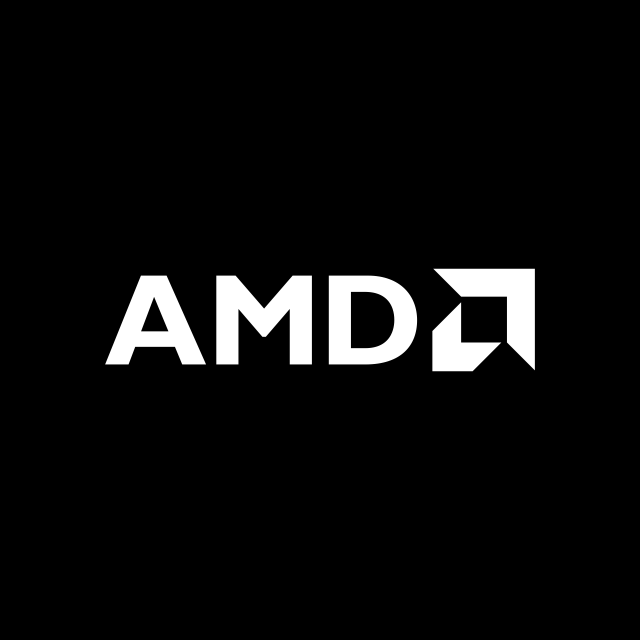Company Analysis Progress Software Corporation
1. Summary
Advantages
- Dividends (1.3%) are higher than the sector average (0.665%).
- The stock's return over the last year (7.69%) is higher than the sector average (-3.56%).
Disadvantages
- Price (56.71 $) is higher than fair price (22.14 $)
- Current debt level 45.8% has increased over 5 years from 33.44%.
- The company's current efficiency (ROE=15.27%) is lower than the sector average (ROE=16.81%)
Similar companies
2. Share price and performance
2.1. Share price
2.2. News
2.3. Market efficiency
| Progress Software Corporation | Technology | Index | |
|---|---|---|---|
| 7 days | 0.1% | -11.8% | -2.4% |
| 90 days | -16.1% | -9.3% | -8.5% |
| 1 year | 7.7% | -3.6% | 12.3% |
PRGS vs Sector: Progress Software Corporation has outperformed the "Technology" sector by 11.25% over the past year.
PRGS vs Market: Progress Software Corporation has underperformed the market marginally by -4.58% over the past year.
Stable price: PRGS is not significantly more volatile than the rest of the market on "NASDAQ" over the last 3 months, with typical variations of +/- 5% per week.
Long period: PRGS with weekly volatility of 0.1479% over the past year.
3. Summary of the report
4. Fundamental Analysis
4.1. Stock price and price forecast
Above fair price: The current price (56.71 $) is higher than the fair price (22.14 $).
Price is higher than fair: The current price (56.71 $) is 61% higher than the fair price.
4.2. P/E
P/E vs Sector: The company's P/E (34.28) is lower than that of the sector as a whole (75.89).
P/E vs Market: The company's P/E (34.28) is lower than that of the market as a whole (49.14).
4.2.1 P/E Similar companies
4.3. P/BV
P/BV vs Sector: The company's P/BV (5.23) is lower than that of the sector as a whole (9.31).
P/BV vs Market: The company's P/BV (5.23) is higher than that of the market as a whole (3.44).
4.3.1 P/BV Similar companies
4.4. P/S
P/S vs Sector: The company's P/S indicator (3.46) is lower than that of the sector as a whole (8.38).
P/S vs Market: The company's P/S indicator (3.46) is lower than that of the market as a whole (10.29).
4.4.1 P/S Similar companies
4.5. EV/Ebitda
EV/Ebitda vs Sector: The company's EV/Ebitda (27.38) is lower than that of the sector as a whole (121.87).
EV/Ebitda vs Market: The company's EV/Ebitda (27.38) is higher than that of the market as a whole (25.46).
5. Profitability
5.1. Profitability and revenue
5.2. Earnings per share - EPS
5.3. Past profitability Net Income
Yield Trend: Negative and has fallen by -2.38% over the last 5 years.
Accelerating profitability: The return for the last year (0%) exceeds the average return for 5 years (-2.38%).
Profitability vs Sector: The return for the last year (0%) exceeds the return for the sector (-8.59%).
5.4. ROE
ROE vs Sector: The company's ROE (15.27%) is lower than that of the sector as a whole (16.81%).
ROE vs Market: The company's ROE (15.27%) is higher than that of the market as a whole (8.96%).
5.5. ROA
ROA vs Sector: The company's ROA (4.38%) is lower than that of the sector as a whole (9.13%).
ROA vs Market: The company's ROA (4.38%) is lower than that of the market as a whole (6.33%).
5.6. ROIC
ROIC vs Sector: The company's ROIC (10.9%) is lower than that of the sector as a whole (13.26%).
ROIC vs Market: The company's ROIC (10.9%) is higher than that of the market as a whole (10.79%).
7. Dividends
7.1. Dividend yield vs Market
High yield: The dividend yield of the company 1.3% is higher than the average for the sector '0.665%.
7.2. Stability and increase in payments
Dividend stability: The company's dividend yield 1.3% has been steadily paid over the past 7 years, DSI=0.93.
Weak dividend growth: The company's dividend yield 1.3% has been growing weakly or stagnant over the past 5 years. Growth over only 0 years.
7.3. Payout percentage
Dividend Coverage: Current payments from income (44.95%) are at a comfortable level.
8. Insider trades
8.1. Insider trading
Insider Buying Exceeds insider sales by 100% over the last 3 months.
8.2. Latest transactions
| Transaction date | Insider | Type | Price | Volume | Quantity |
|---|---|---|---|---|---|
| 23.10.2024 | Pitt Ian Chief Information Officer |
Sale | 65.07 | 113 677 | 1 747 |
| 23.10.2024 | IAN PITT Officer |
Purchase | 65.41 | 114 271 | 1 747 |
| 02.10.2024 | YUFAN S WANG Officer |
Purchase | 65.25 | 93 177 | 1 428 |
| 02.10.2024 | JEREMY SEGAL Officer |
Purchase | 65.15 | 233 302 | 3 581 |
| 01.10.2024 | Subramanian Sundar EVP/GM Infrastructure Mgmt |
Purchase | 64.81 | 224 113 | 3 458 |
Pay for your subscription
More functionality and data for company and portfolio analysis is available by subscription





